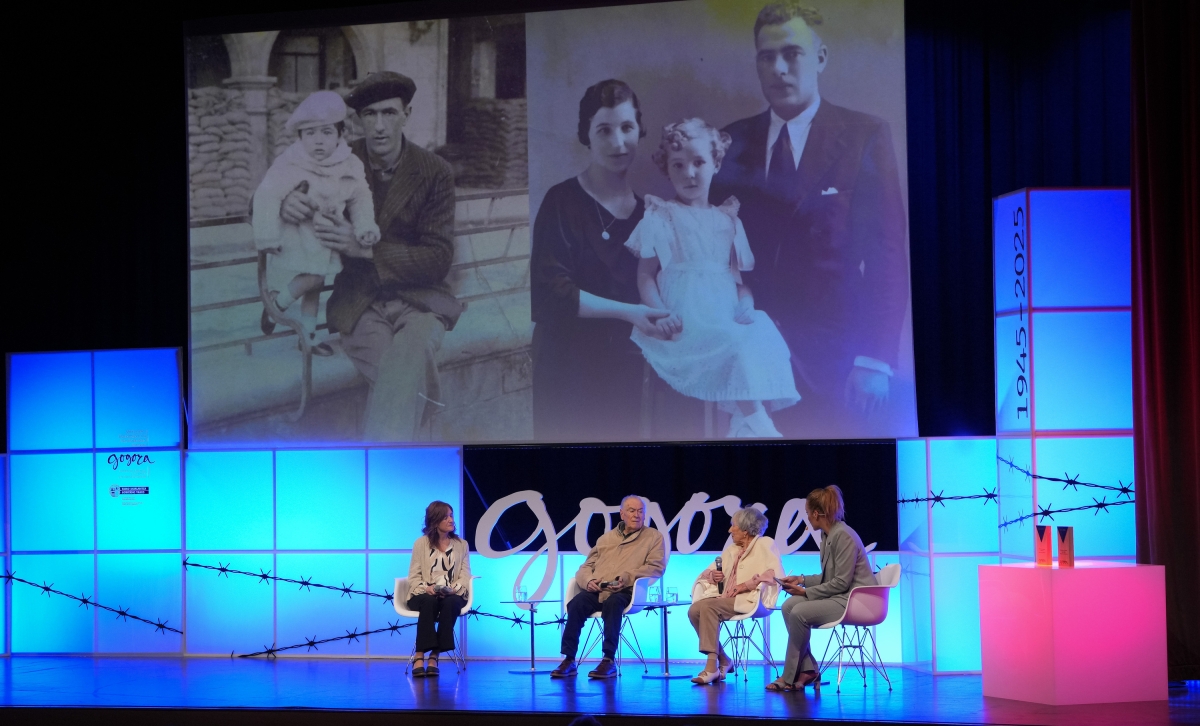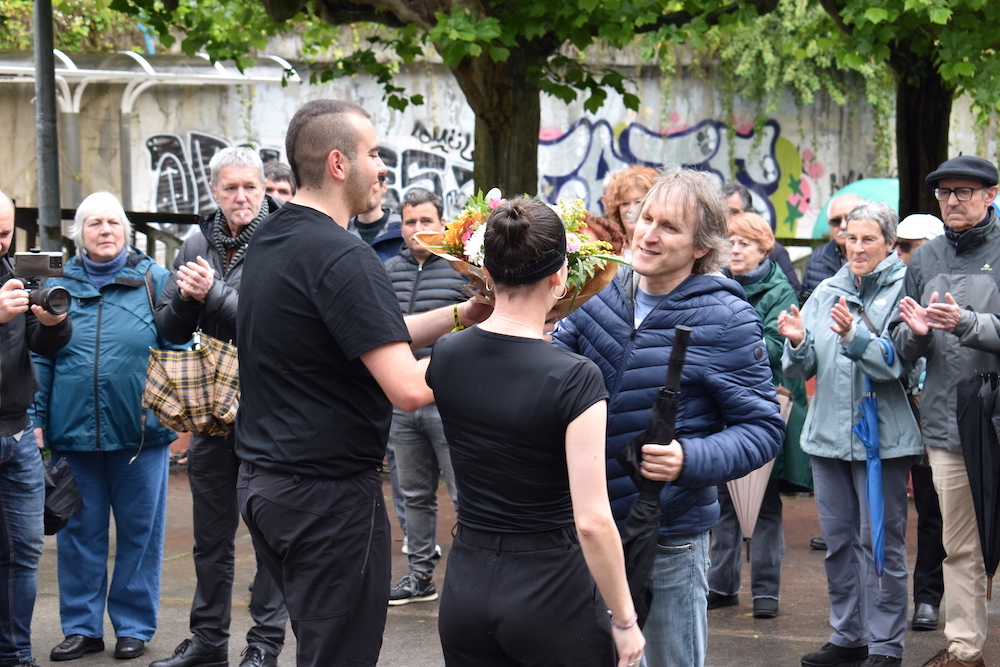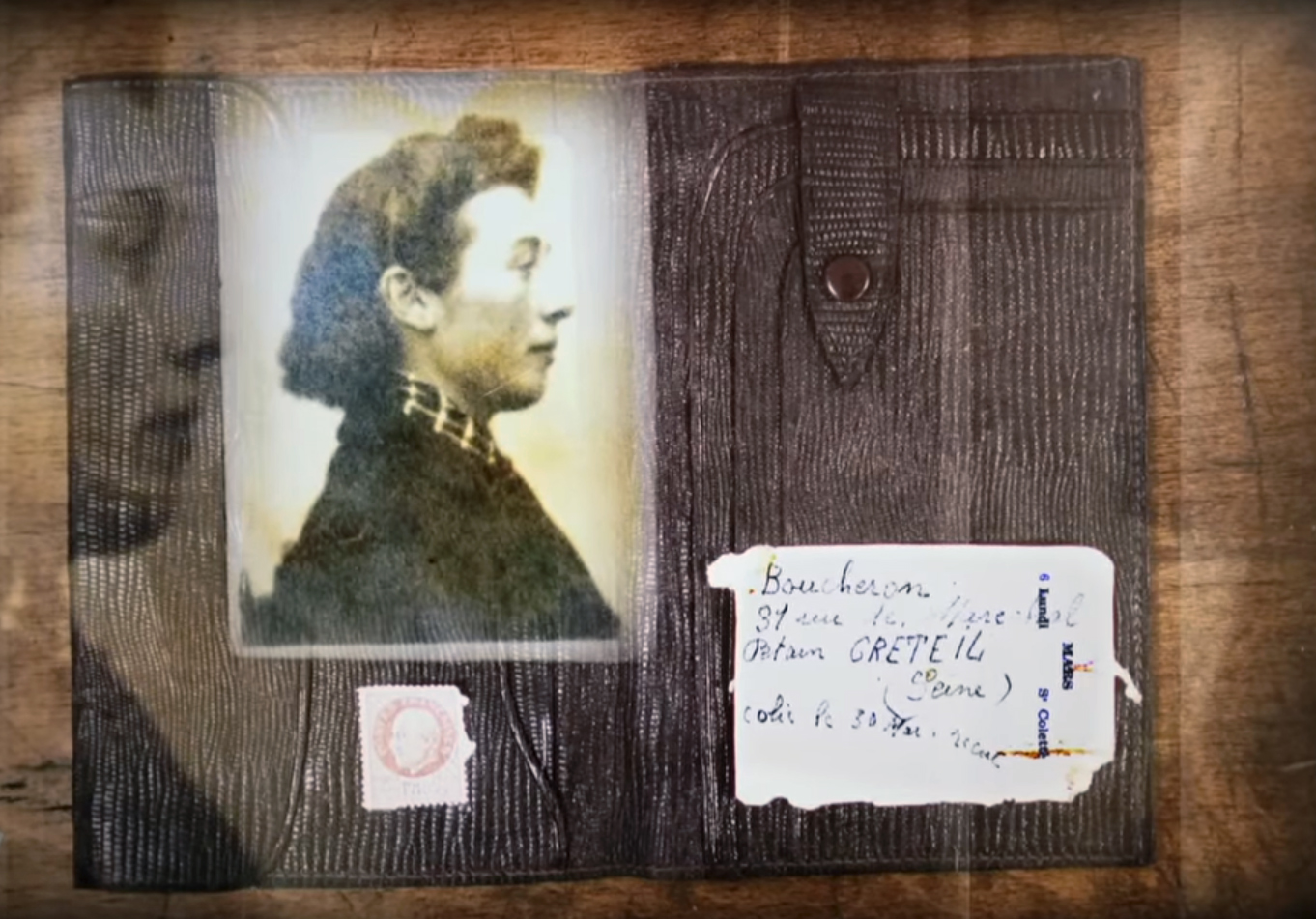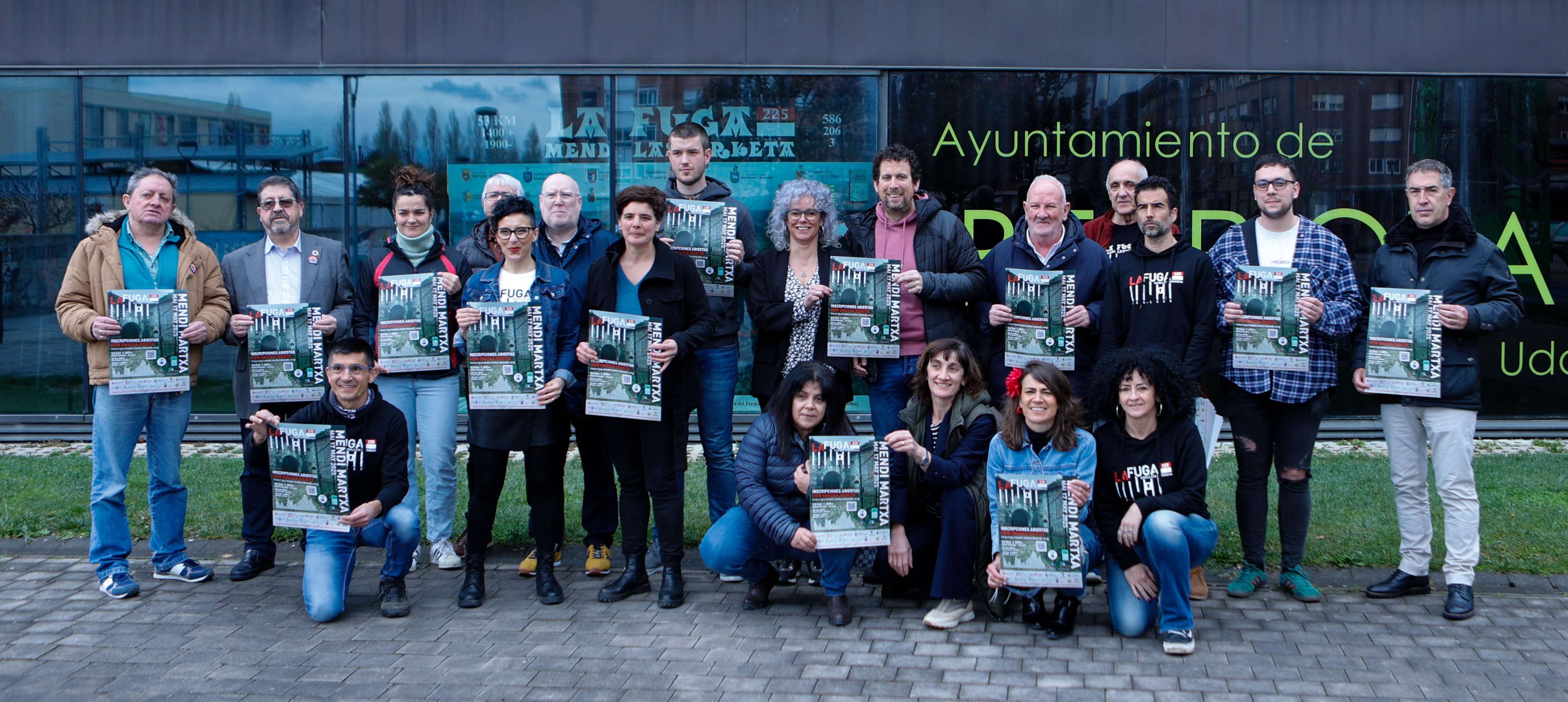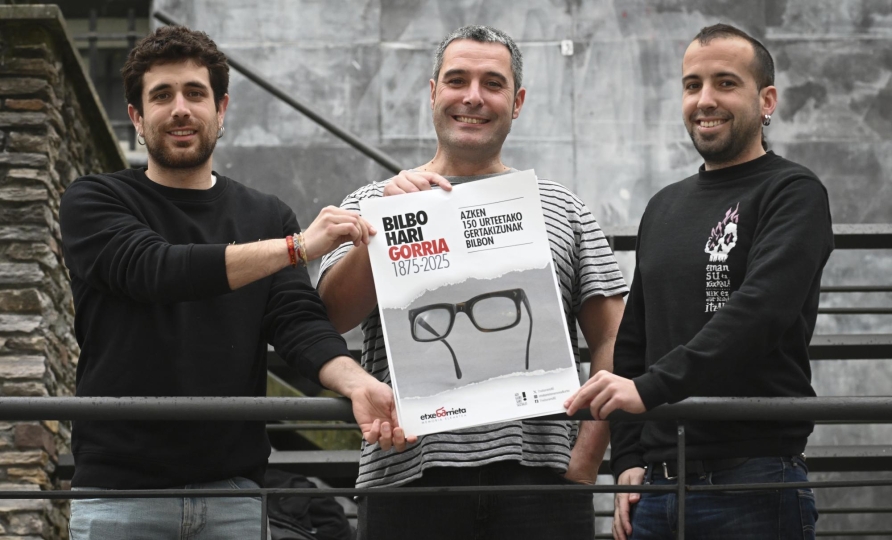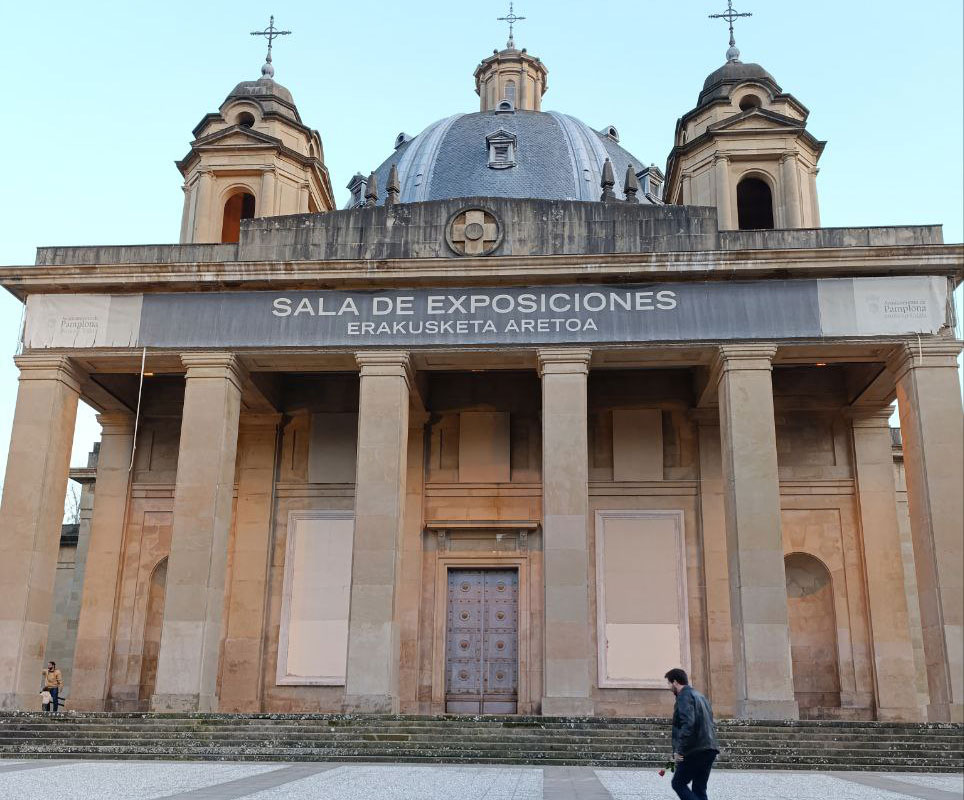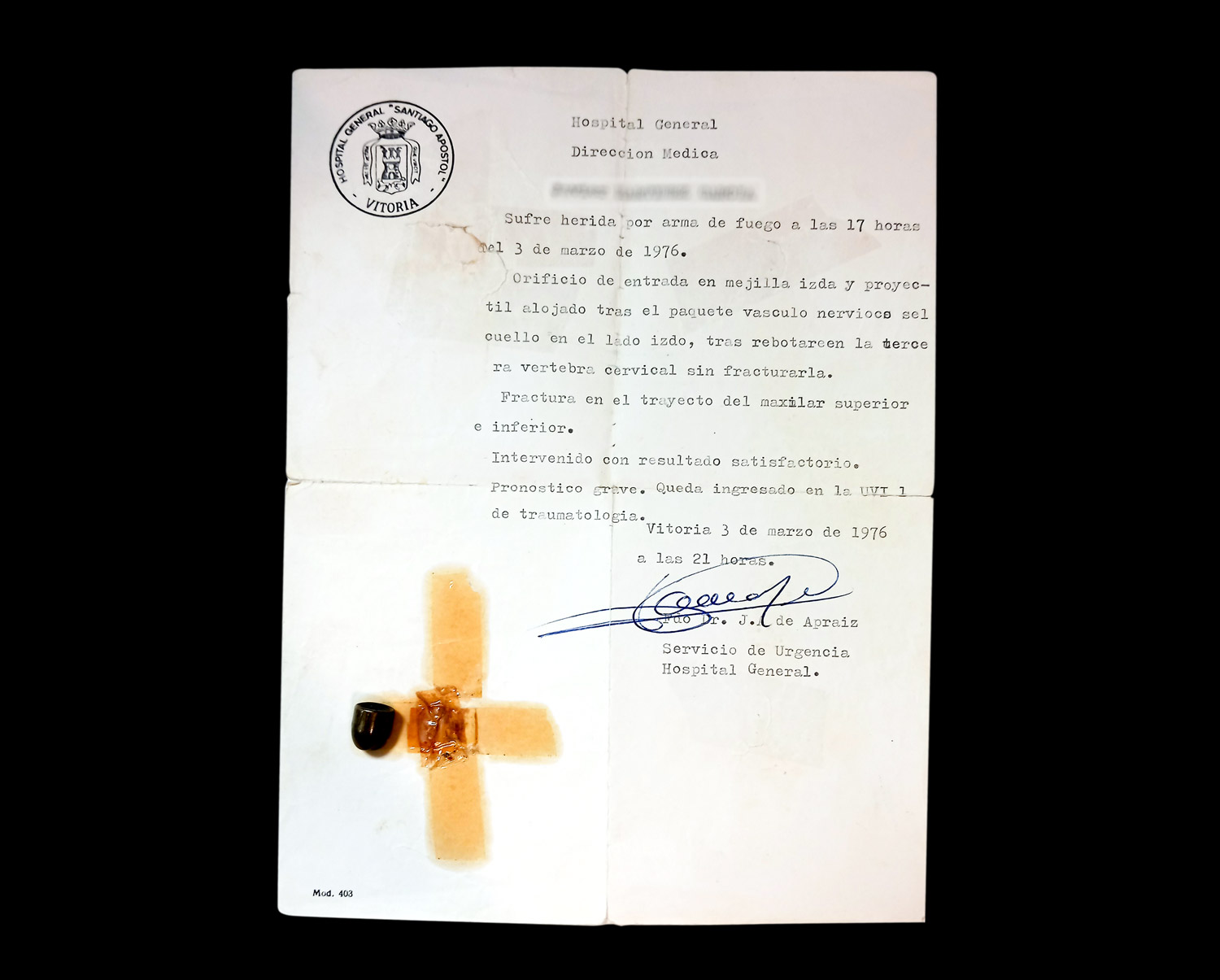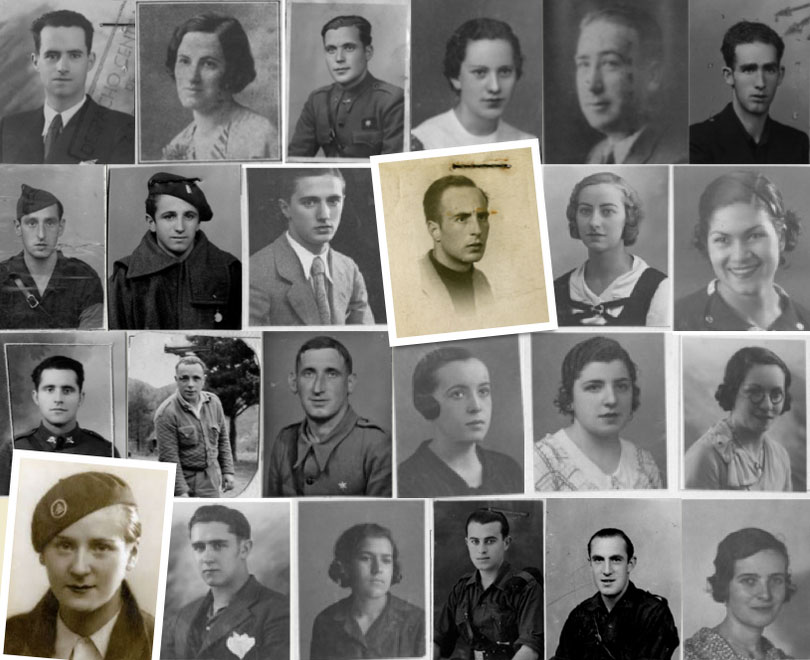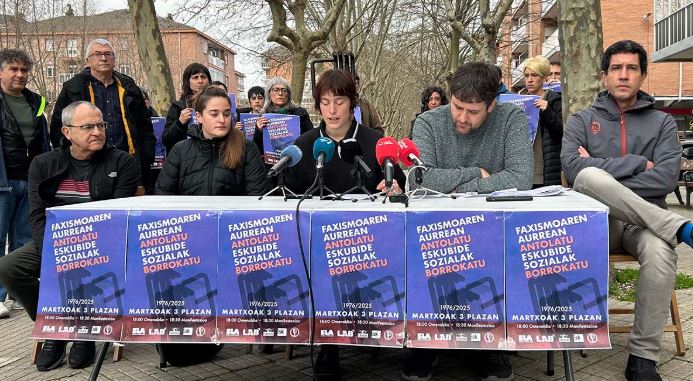Sanjurjo and six other people are exhuming at the Monument to the Fallen in Pamplona
- In the early hours of the morning work began on the exhumation of the remains of the Franco general and six other people and it will take a whole day to complete the operation. The work is being carried out under the direction of the Contentious Doctor Paco Etxeberria.

In September, the Pamplona City Council announced that it would remove José Sanjurjo and Emilio Mola, the general coup plotters of the 1936 War, from the crypt of the Monument to the Fallen, giving way to the memory law approved by the Parliament of Navarre in 2013. The remains of Emilio Mola were extracted in privacy on October 24, at the request of his family.
The decision gave rise to the great political and media right-wing of Navarre and the protest of the Archbishop of Pamplona. The latter also announced that it would file a complaint, but has finally reached an agreement with the City Council of Pamplona to carry out the exhumations in privacy and without the presence of the media. The consent of the relatives of those buried there will be required in order to be able to attend the exhumation work.
Since the forces of change began to command the Government of Navarre and the City of Pamplona, several measures have been taken to comply with the Provincial Law of Historical Memory. Last year, among other things, the square where the Monument to the Fallen is located, formerly called Conde de Rodezno and now Plaza de la Libertad, changed its name.
The coat of arms of Navarre with Francoist laurel has also recently been removed from the Navarre Provincial Palace. The Government of Navarre also created in February of this year a working committee that will guide the course of historical memory, made up of members of the government and various associations that work on historical memory.
Salvador Puig Antich frankismoaren kontrako militantea izan zen. Askapen Mugimendu Iberikoko kidea, 1973ko irailaren 25ean atxilotu zuten. Gerra-kontseilua egin zioten, eta garrotez exekutatu zuten handik sei hilabetera, 1974ko martxoaren 2an. Aurtengo otsailean baliogabetu du... [+]
Kirola eta oroimena uztartuko dituzte, bigarrenez, mendi-martxa baten bitartez. Ez da lehiakorra izanen, helburua beste bat delako. La Fuga izeneko mendi martxak 1938ko sarraskia gogorarazi nahi du. Ezkabako gotorlekuan hasi eta Urepelen amaituko da. Maiatzaren 17an eginen dute.
Fusilamenduak, elektrodoak eta poltsa, hobi komunak, kolpismoa, jazarpena, drogak, Galindo, umiliazioak, gerra zikina, Intxaurrondo, narkotrafikoa, estoldak, hizkuntza inposaketa, Altsasu, inpunitatea… Guardia Zibilaren lorratza iluna da Euskal Herrian, baita Espainiako... [+]
Gogora Institutuak 1936ko Gerrako biktimen inguruan egindako txostenean "erreketeak, falangistak, Kondor Legioko hegazkinlari alemaniar naziak eta faxista italiarrak" ageri direla salatu du Intxorta 1937 elkarteak, eta izen horiek kentzeko eskatu du. Maria Jesus San Jose... [+]
Familiak eskatu bezala, aurten Angel oroitzeko ekitaldia lore-eskaintza txiki bat izan da, Martin Azpilikueta kalean oroitarazten duen plakaren ondoan. 21 urte geroago, Angel jada biktima-estatus ofizialarekin gogoratzen dute.
Bilbo Hari Gorria dinamikarekin ekarriko ditu gurera azken 150 urteetako Bilboko efemerideak Etxebarrieta Memoria Elkarteak. Iker Egiraun kideak xehetasunak eskaini dizkigu.
33/2013 Foru Legeari Xedapen gehigarri bat gehitu zaio datozen aldaketak gauzatu ahal izateko, eta horren bidez ahalbidetzen da “erregimen frankistaren garaipenaren gorespenezkoak gertatzen diren zati sinbolikoak erretiratzea eta kupularen barnealdeko margolanak... [+]
1976ko martxoaren 3an, Gasteizen, Poliziak ehunka tiro egin zituen asanbladan bildutako jendetzaren aurka, zabalduz eta erradikalizatuz zihoan greba mugimendua odoletan ito nahian. Bost langile hil zituzten, baina “egun hartan hildakoak gehiago ez izatea ia miraria... [+]
Memoria eta Bizikidetzako, Kanpo Ekintzako eta Euskarako Departamentuko Memoriaren Nafarroako Institutuak "Maistrak eta maisu errepresaliatuak Nafarroan (1936-1976)" hezkuntza-webgunea aurkeztu du.









